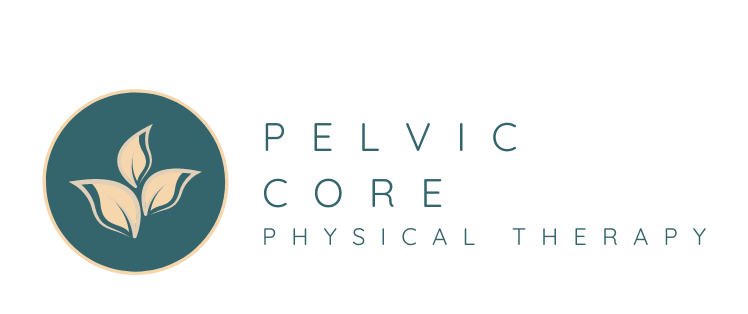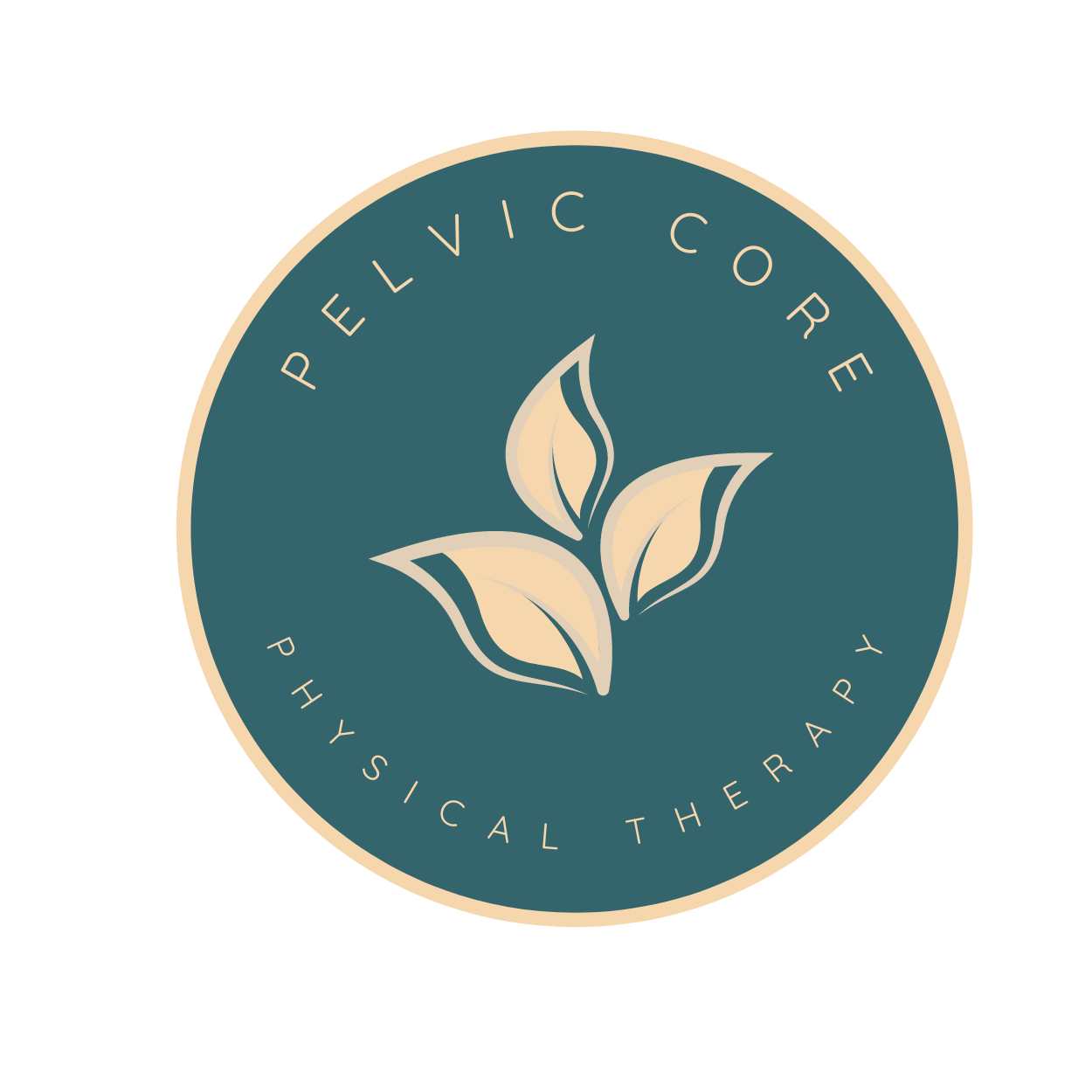The Foot and Pelvic Floor Connection
The connection between the foot and the pelvic floor is a hot topic right now, and for good reason. Although the feet are not directly connected to the pelvic floor, they are connected closely via bone and ligamentous structures making up your lower kinetic chain. Changes in the structure and function of the feet may change a person’s gait (how they walk) and posture, leading to changes in the muscle firing patterns of the pelvic floor. Conversely, pelvic floor dysfunction may lead to changes in the way someone walks or carries themselves, which can lead to changes in the strength and function of the feet.
In an even broader scheme, there are genetic or lifestyle factors that may contribute to changes in the feet and these things can contribute to pelvic floor dysfunction as well. For example, someone who is on the hypermobility spectrum may be more likely to have over pronation of their feet (feet caving in/lowering of the arches) due to connective tissue laxity and reduced muscular control. When this happens, you can see either similar patterns of weakness in the pelvic floor, or the pelvic floor compensating by developing excessive tension to try to reinstate some control.
Scientific literature is still developing surrounding this topic, but clinically we see the connection often. So don’t be surprised when your pelvic floor physical or occupational therapist is looking at your feet!
Here are some fun foot exercises that we love for a healthy and happy pelvic floor:
Arch lifts and lowers: Stand with your feet hips width apart and relaxed, keeping all five toes connected to the floor - shift a little bit of weight to the outer edges of your feet and feel your arch lift (hold for five seconds) then feel let the weight shift to the inner edge of your feet and feel your arch drop (hold for five seconds).
Lunge rotations: Stand with one foot forward and one foot back in a lunge position, rotate your trunk towards your front leg and feel your arch lift, then rotate your trunk towards your back leg and feel your arch drop. Repeat five times on each side.
Toe yoga: Sitting in a chair with your feet flat on the ground, try to lift just your big toe while keeping the rest of your toes spread out on the floor, make sure you are not curling your other toes - repeat about ten times. Next, try keeping the big toes down and lifting and spreading toes 2-5, repeat about ten times.
Rolling the plantar fascia: Using a tennis ball or massage ball in sitting or standing, roll the soft tissues at the bottom of your foot that extend from your heel bone towards your toes. Start gently and then increase pressure as tolerated. Perform for about two minutes per side.

